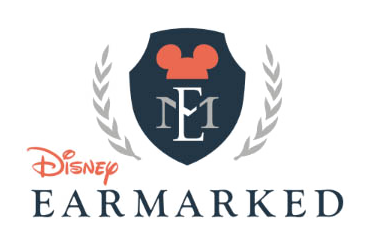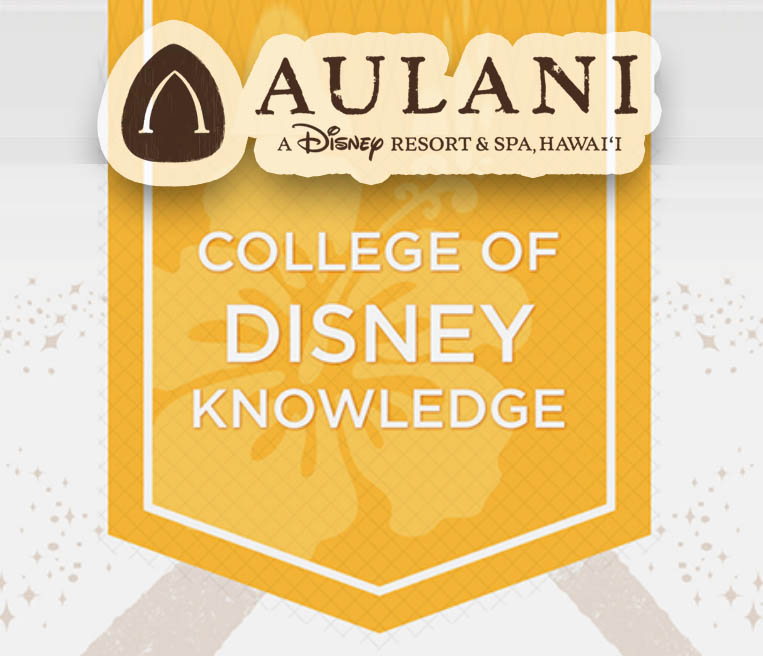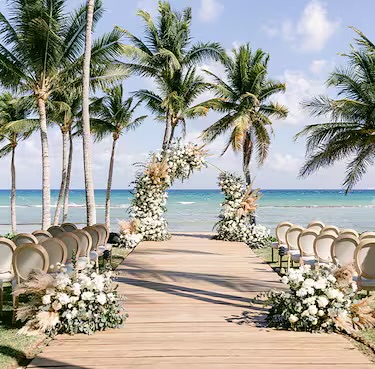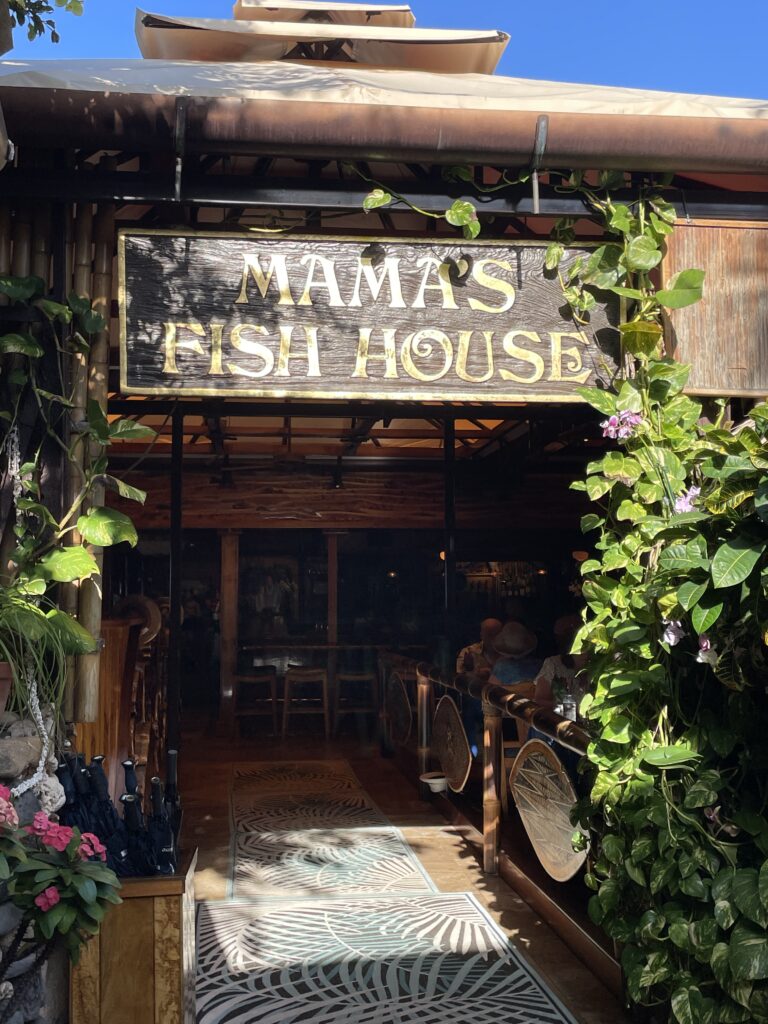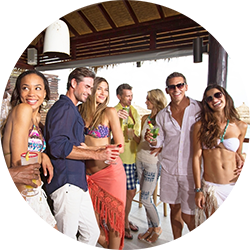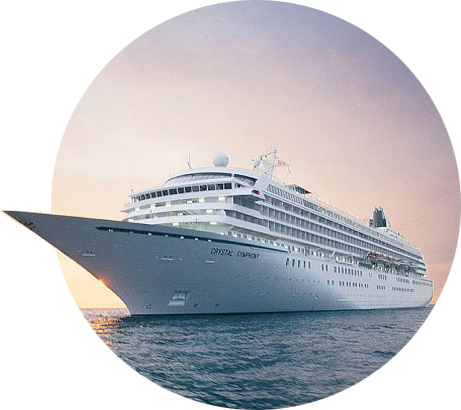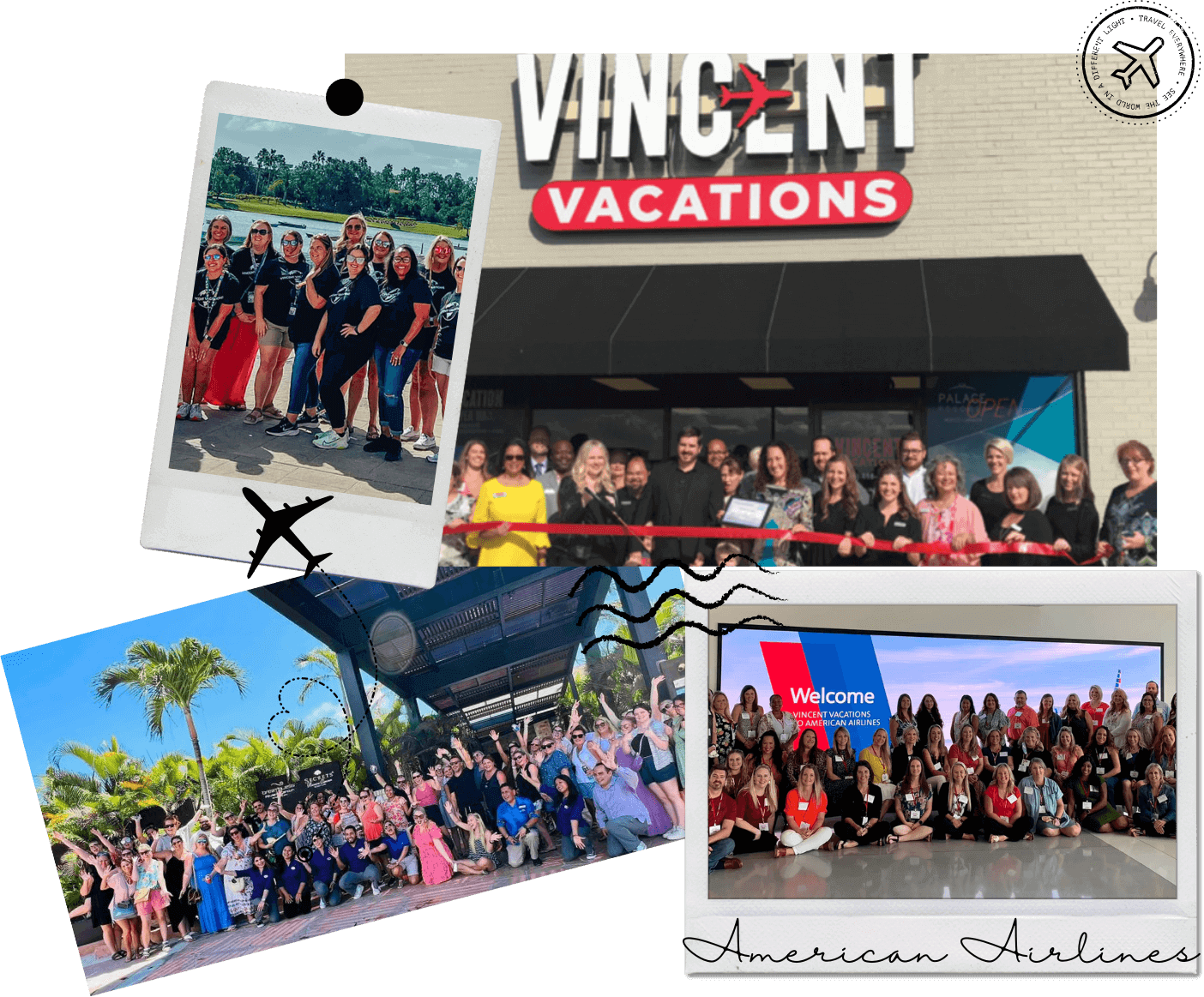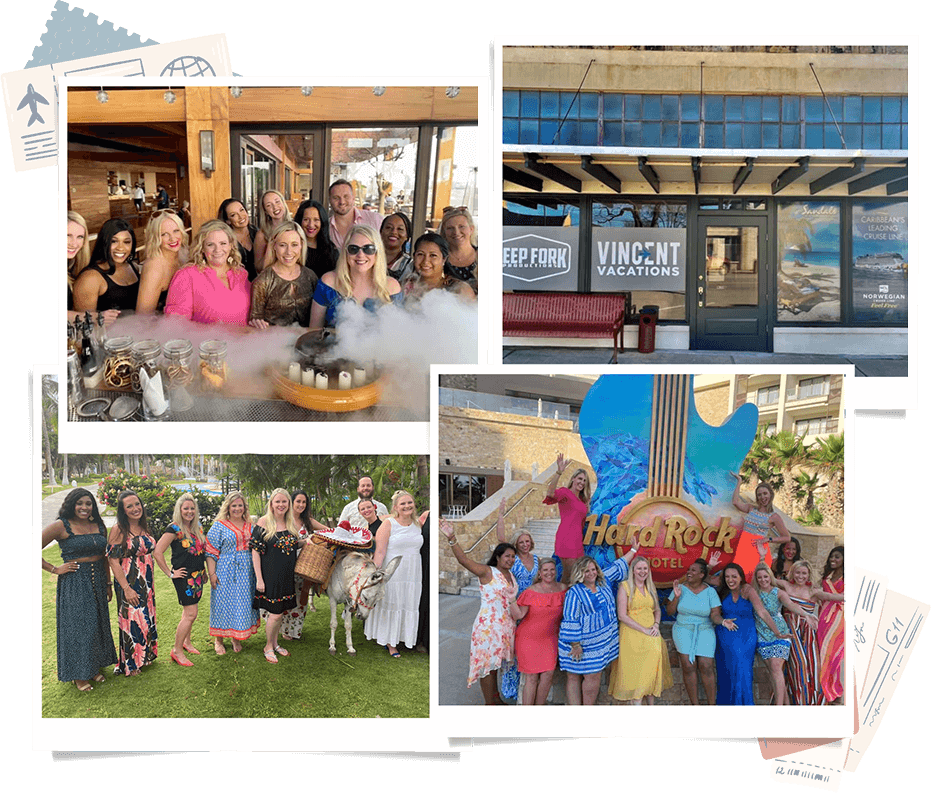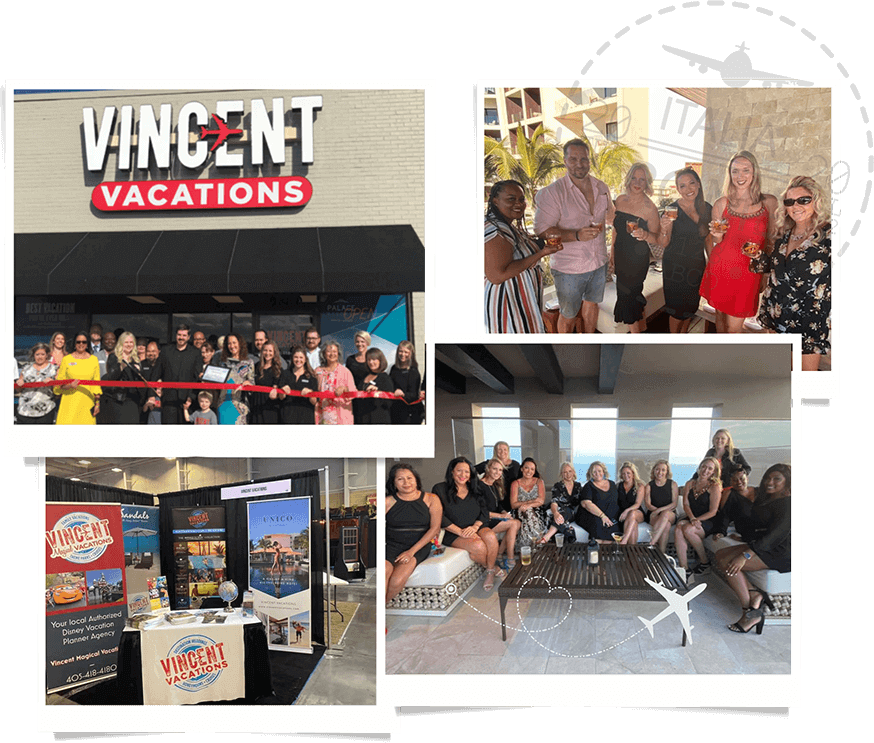
Hawaiian Regional Cuisine includes fresh, locally grown produce, fresh fish and meat, all unusually combined with a cultural mix of techniques. Discover these flavors with flair at our recommended dining options on each of Hawaii's islands. Between the Food Network, lushly illustrated magazines, and inspiring cookbooks by celebrity chefs, it’s not surprising that so many people are turning into “foodies.” But how many of us have actually had a personal conversation with a professional, award-winning restaurateur? We did.
A friend who lives in Hawaii had suggested that we try “Town,” a new restaurant in an older neighborhood of Honolulu called Kaimuki. After a delicious dinner, we made arrangements to return for a conversation over lunch with owner Ed Kenney.
With chilled glasses of Town’s signature lemonade, we asked Ed about dining on the islands. “In the early 1990s, Hawaii found its place on the international food map with the development of Hawaiian Regional Cuisine (HRC),” Ed explained. “HRC was based on the concept of using fresh, locally grown produce, fish and meats. But they were combined in unusual ways, using cooking traditions from the people who lived here. There’s a lot of Asian influence, but there’s also Polynesian and Portuguese and other flavors, all tweaked into one. You’ll have a Chinese soup with Japanese, Thai and Hawaiian flavors, or aioli pesto flavored crab cakes.”
Ed told us that a group of Hawaii’s best chefs formed Hawaiian Regional Cuisine, Inc. in 1992. Since then, through their restaurants, television appearances, and lavish cookbooks, names like Sam Choy, Roy Yamaguchi, and Alan Wong have become known worldwide.
“What’s exciting to me,” Ed continued, “is that Hawaiian Regional Cuisine has matured and become an influence in itself. For example, here at Town, our food is what we call Rustic Italian. It’s Mediterranean, leaning toward Italian but with some Spanish and other influences. We try to use 100 percent locally grown foods and our menu changes seasonally depending on what’s available.”
We sampled bites of zesty black mussels and melt-in-your-mouth gnocchi as Ed talked. “Our slogan is ‘local first, organic whenever possible, with aloha always.’ Our favorite organic farm is Mala ai opio (Ma’o) Farms. They’re a non-profit that employs youth from a rural, low-income part of the island. They give the kids jobs and teach them useful skills. They supply all our organic salad greens, mangoes, citrus, herbs, asparagus, fennel, carrots, apples and bananas.”
Town’s clientele is eclectic, the atmosphere casual and the menu affordable. “We just received the Hale Aina Award for best new restaurant on Oahu and the best ‘Bring Your Own Beverage’ restaurant,” Ed said with a smile. “We were just written up in Gourmet magazine.”
As we lingered over dessert (buttermilk pannacotta), Ed went on to say, “There are terrific chefs on all of the islands, and wonderful foods to be savored and celebrated.”
We agree, so we have supplied the names of some of our other favorites. Thanks, Ed!
Maui
Make way for food lovers! Maui is known for its Maui Gold Pineapple and Sweet Maui Onions, which are famous in the islands and beyond, but there’s plenty more to savor here. We had dinner at a wonderful restaurant every night (though it was hard to resist a repeat visit to Chez Paul) and still have more to try on our next visit. In between meals, we enjoyed touring the Alii Kula Lavender Farm (we went on the luncheon tour, which includes tasty treats and a cooking demonstration), the Surfing Goat Dairy (the goats don’t surf, but the cheese will transport you) and Tedeschi Winery (be sure to sample their sparkling pineapple wine and raspberry wine).
The Big Island
One of our favorite things about Big Island restaurants is that we were always sitting among the locals. Even the famous Hawaiian Regional Cuisine restaurants are hangouts. Stop by Bear’s Coffee in Hilo and you’ll hear stories about Hawaii as you enjoy a Belgian waffle. Plop down at one of the outdoor picnic tables at Café 100, also in Hilo, and dig into some beef curry or Kalua pig while enjoying friendly people from the neighborhood. Sam Choy is one of the first and most famous HRC chefs, and his breakfast-lunch Sam Choy’s Restaurant in Kailua-Kona is an area favorite.
Kauai
After an afternoon hike through the rainforest, we were amazed at how hungry we were! And though Kauai may be a small island, it has no shortage of satisfying food. We’re not normally big burger eaters, but we made an exception for Duane’s Ono Char Burgers (in Anahola). It might be a roadside stand, but Duane’s makes some of the island’s best burgers. We also enjoyed a delicious (and inexpensive) plate lunch, complete with lilikoi (passion fruit) chiffon pie, in the lush surroundings of the Green Garden Restaurant in Hanapepe. Hanamaulu Restaurant and Teahouse looks like a typical Japanese teahouse, but the menu includes a surprise: Chinese food as well as Japanese.
Oahu
In addition to our two visits to Town, we took Ed Kenney’s suggestion to dine on delicious comfort food at 12th Avenue Grill and sample wonderful fare at 3660, one of the original HRC restaurants. Ed also suggested we visit the all-local Kapiolani Community College Farmer’s Market on Saturday morning. At the market, we picked up a tall cup of fresh Kona Coffee, then lined up at the breakfast booth (worth the wait). There are over 50 vendors, so come hungry and wear your walking shoes.
After three hours we were ready for Pacific Cool’s fresh Ginger Ale and a grilled organic beef sausage on a bun from North Shore Cattle. Bon appetit!






